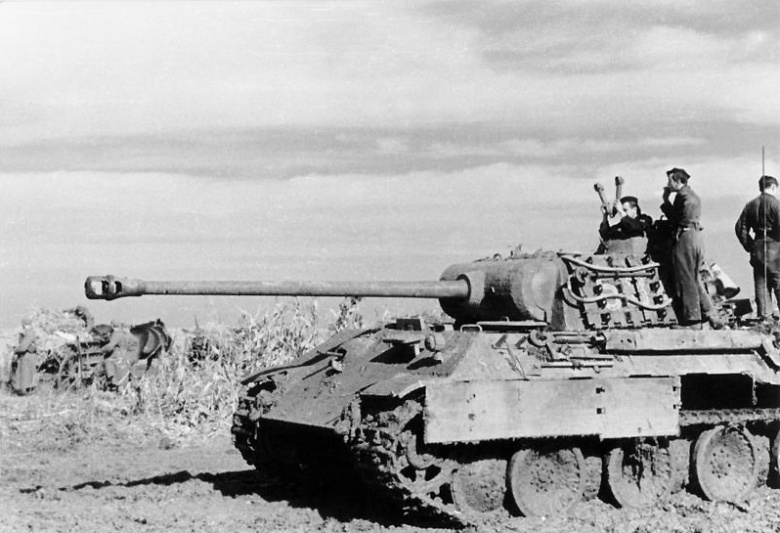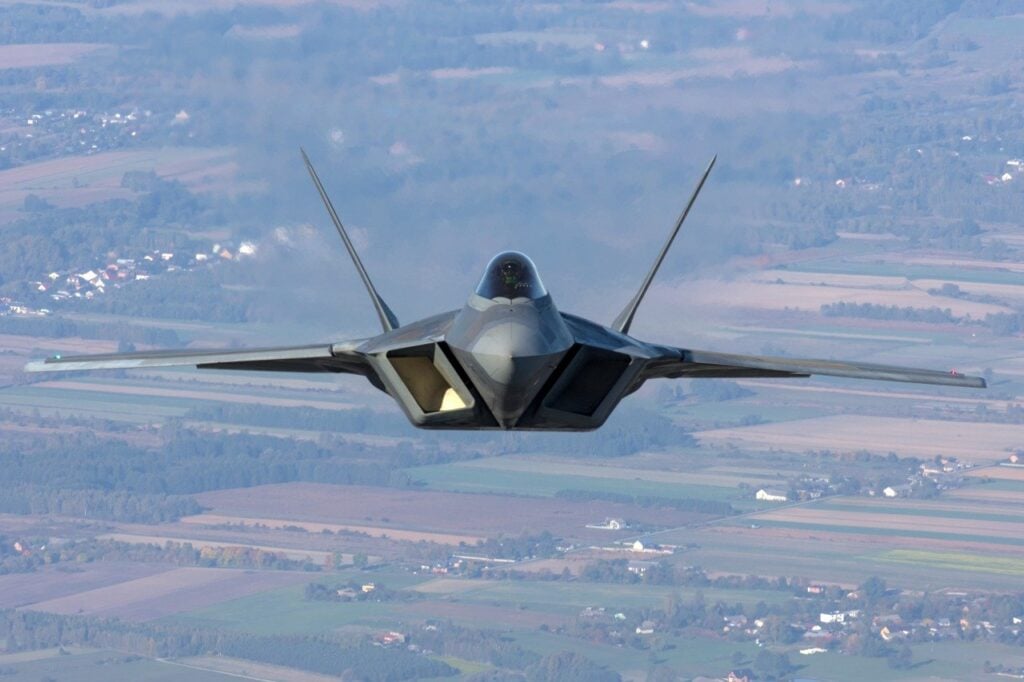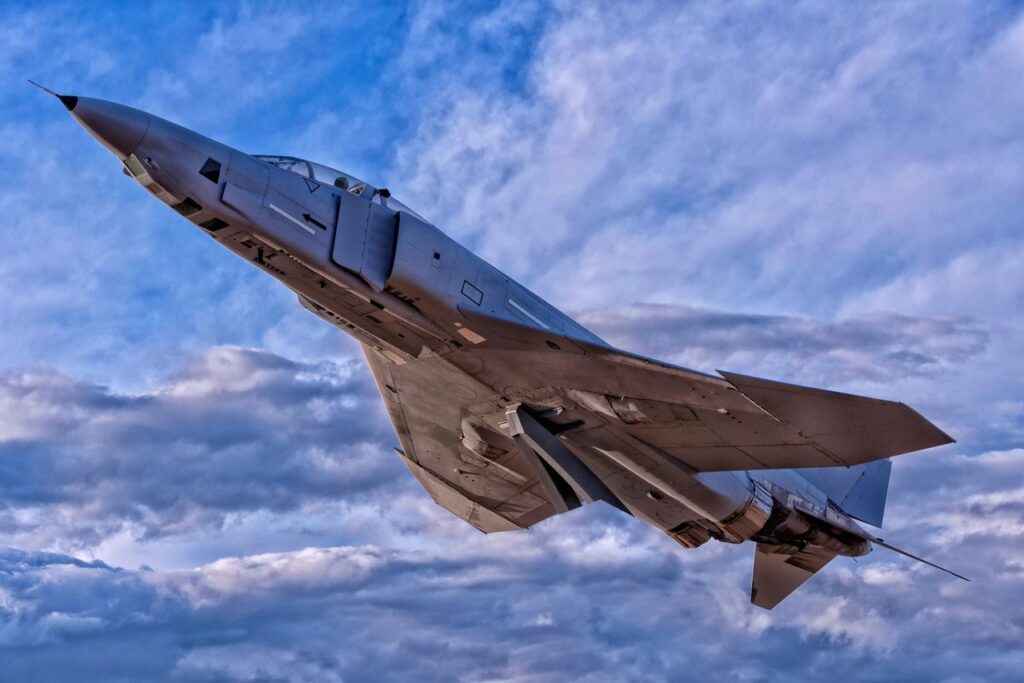
A Lot of What We Think We Know About World War II Is Terribly Wrong
The Second World War remains an enduringly fascinating subject, but despite the large number of films, documentaries, books and even comics on the subject, our understanding of this catastrophic conflict, even seven decades on, remains heavily dependent on conventional wisdom, propaganda and an interpretation skewed by the information available. In my new book The War in the West: Germany Ascendant 1939-1941, first in a three-volume history, I am challenging a number of long-held assumptions about the war, many of which are based on truth by common knowledge, rather than through detailed and painstaking research.
My Damascene moment came some years ago when I was being given a tour of the Small Arms Unit at the British Staff College at Shrivenham. I was glancing at aGerman MG42, known as a “Spandau” by the Allies. “Of course, that was the best machine gun of the war,’ I commented, relaying what I’d read in many books.
“Says who? Says who?” retorted my guide and head of the unit, John Starling. In the next few minutes, he proceeded to deconstruct everything I thought I knew about this infamous weapon: that its phenomenal rate of fire caused massive problems of over-heating, that it was widely inaccurate (for which having since fired one, I can now vouch), that is was incredibly expensive to manufacture, massively over-engineered and lacked certain simple additions that would have made its handling so much easier. The men supporting this weapon not only had to carry vast amounts of ammunition to feed this thirsty beast, they also had to lumber around six spare barrels because of its readiness to over-heat. And each barrel bore multiple inspection stamps. “Which were,” John told me, “an utter waste of time in the middle of total war.”
I was gobsmacked, but this visit led me down an entirely new line of research, and one that was equally revelatory. I began to realize that almost everything the Germans made was over-engineered, from the tanks to gas-mask cases to the field jacket of the lowly landser. Eventually, in the German military archives in Freiburg in the Black Forest, I found a memo from early December 1941, signed by Hitler, in which was the line, “From now on, we have to stop making such complete and aesthetic weapons.” In other words, up to that point, they had been consciously doing so. Needless to say, his instruction was not followed; those all-metal, finely-designed-yet-cumbersome and utterly pointless cylindrical gas-mask cases were made right up to the end of the war, while still to come was the Panther tank, not to mention the Tiger, with its Porsche-designed six-speed hydraulically controlled semi-automatic pre-selector gear-box, as complicated and sophisticated as it sounds and entirely unsuitable for front-line combat or use by poorly-trained young drivers. The transmission on a U.S.-built Sherman tank was a robust four-speed manual, simply made in vast numbers. America built 74,000 Sherman hulls and engines; Germany built just 1,347 Tigers.
Studying such things in detail meant I was now looking at the operational level of war. Any conflict — or business for that matter — is understood to be conducted on three levels. The first is the strategic — that is, the overall aims and ambitions. The second is the tactical: the coal face, the actual fighting, the pilot in his Spitfire or man in his tank. And the third is the operational — the nuts and bolts, the logistics, economics and the supply of war.
Almost every narrative history of the war ever published almost entirely concentrates on the strategic and tactical levels, but gives scant regard to the operational, and the result is a skewed version of events, in which German machine guns reign supreme and Tiger tanks always come out on top.
Studying the operational level as well, however, provides a revelatory perspective. Suddenly it’s not just about tactical flair, but about so much more. Britain, for example, decided to fight a highly mechanical and technological war. “Steel not flesh” was the mantra and that’s why the British had a small army, yet still ensured it was 100-percent mechanized. They also developed a vast air force and built a staggering 132,500 aircraft during the war — and that’s 50,000 more than the Germans. Until the start of 1944, the priority for manpower in Britain was not the army or navy or even air force, but the Ministry of Aircraft Production. Well-fed men and women were kept in the factories.
Germany, on the other hand, was very under-mechanized but had a vast army, which meant it was dependent on horse-power and foot-slogging infantrymen. As a result of so many German men at the front, their factories were manned by slaves and POWs, who were underfed and treated abominably, and whose production capacity was affected as a result.
And if the ability to supply war was key, then in the war in the West, it was the Battle of the Atlantic that was the decisive theater. Yet Germany built a surface fleet before the war, which could never hope to rival Britain or France and in doing so neglected the U-boat arm. Despite sinking substantial amounts of British supplies in 1940, it was still nothing like enough to even remotely force Britain to her knees. In truth, there were never enough U-boats to more than dent the flow of shipping to Britain. In fact, out of 18,772 sailings in 1940, they sank just 127 ships, that is, 0.7 percent, and 1.4 percent in the entire war.
Suddenly, rather than appearing like David against Goliath and backs-to-the-walls amateurs as is so often depicted, Britain emerges once again as a global super-power in command of the largest trading empire the world has ever seen, while Germany, despite impressive victories on land early in the war appears to be woefully under-resourced and flagrantly squandering what supplies it could call upon. What’s more, after the initial glut of conquest booty, the occupied territories swiftly became a drain and burden that had to be manned and which proved a further drain on precious resources. The words “Teutonic” and “efficiency” usually go together; in the Second World War, nothing could have been farther from the truth.
This piece first appeared in WarIsBoring here.
Image: Creative Commons/Flickr.


